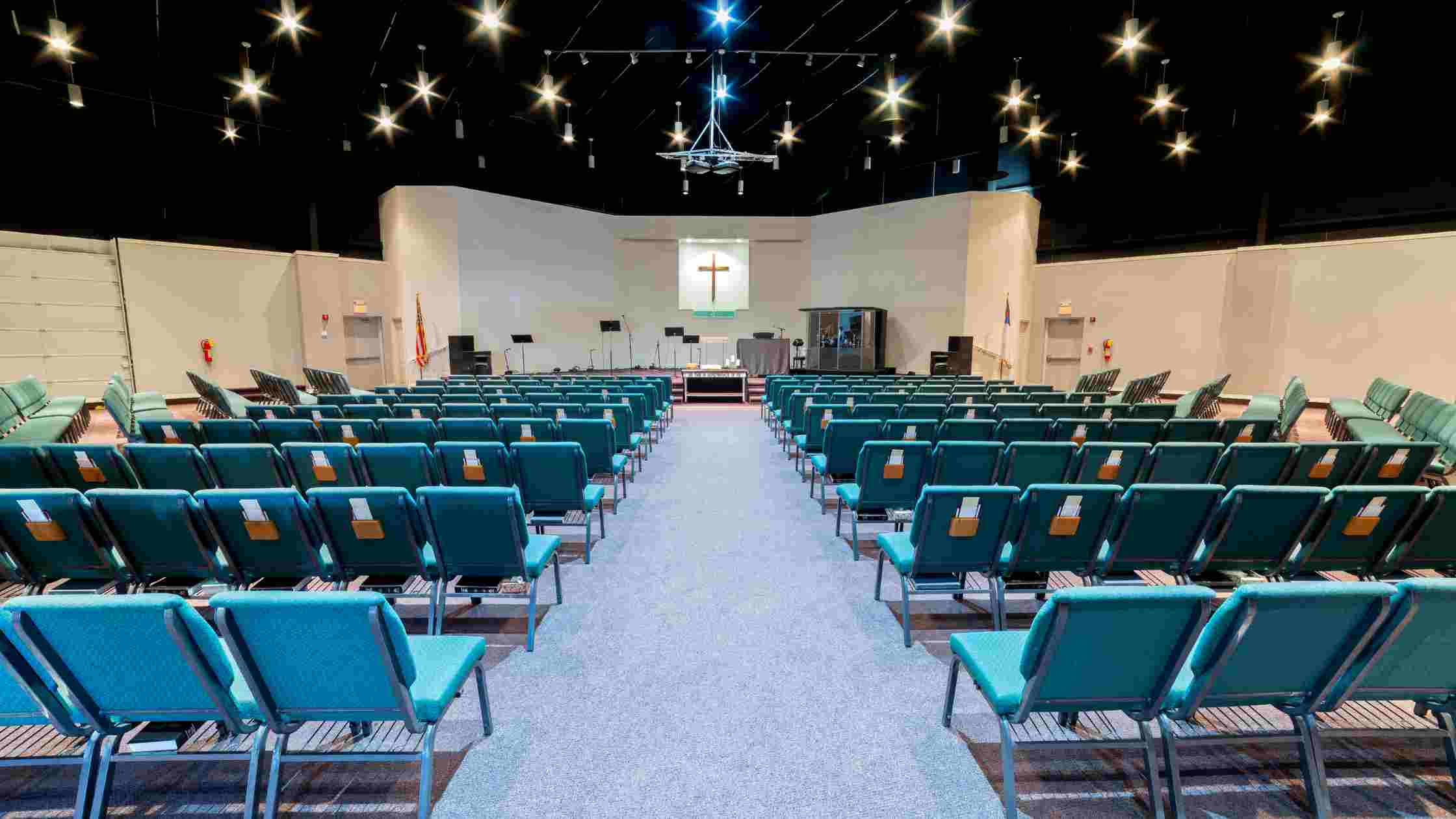The Decline of Western Churches: A Biblical and Theological Perspective
Hello, dear readers. Today, we’re diving into a topic that’s been creating waves in the Christian world: the decline of Western churches. This isn’t just about numbers or statistics; it’s an opportunity to reflect deeply on our faith and the essence of the church. Let’s explore this phenomenon through a biblical and theological lens.
1. What Do We Mean by ‘Church Decline’?
Before we dive in, let’s clarify what we mean by ‘church decline’. Generally, this term encompasses:
- A sharp decrease in church attendance
- Conversion of church buildings into other uses (e.g., pubs, hotels, cultural spaces)
- Diminishing influence of the church and Christianity in society
- Exodus of younger generations from the church
- Increasing financial difficulties for churches
These trends are widely observed across many Western countries, particularly in Europe and North America. In the UK, for instance, the percentage of regular churchgoers has dramatically decreased over the past few decades, with many historic church buildings being repurposed.
2. A Biblical Perspective
Now, let’s ask ourselves a crucial question: “Does the external decline of the church necessarily mean the shrinking of God’s kingdom or the decline of the gospel?” To answer this, we need to turn to the Bible.
2.1 The Church’s Invincibility
Jesus said in Matthew 16:18, “And I tell you, you are Peter, and on this rock I will build my church, and the gates of Hades will not prevail against it.” This verse speaks to the essential invincibility of the church. Remember, ‘church’ here doesn’t mean a building or organization, but the community of Christ’s followers.
2.2 The Nature of God’s Kingdom
In Luke 17:20-21, Jesus states, “The coming of the kingdom of God is not something that can be observed… because the kingdom of God is in your midst.” This teaches us that God’s kingdom isn’t limited to external forms or institutions. We can’t judge the expansion of God’s kingdom solely by the number of church buildings or congregants.
2.3 The Principle of the Remnant
Throughout the Old Testament, God always preserved a faithful ‘remnant’. Remember Elijah’s time, when God kept 7,000 who hadn’t bowed to Baal (1 Kings 19:18)? The Apostle Paul echoes this in Romans 11:2-5, reminding us that God always preserves His people, regardless of external appearances.
2.4 Purification and Renewal
Could the current decline be a process of purification? In Revelation 2-3, Jesus calls for repentance and renewal when churches stray from their essence. For instance, He warns the lukewarm Laodicean church but does so to prompt revival, not to discard them.
3. Theological Interpretations
3.1 The Church as an Organism
Theologically, the church isn’t just an organization or building, but an organism – the Body of Christ (1 Corinthians 12:27). Thus, the church’s health should be measured by its internal vitality and maturity, not its external size or numbers.
3.2 An Eschatological Perspective
Christian eschatology teaches that the church always exists in the tension of the ‘already’ and ‘not yet’ of God’s kingdom. The kingdom has begun but is not yet fully realized. Our focus should be on maintaining faithfulness in this eschatological hope, not on external success or failure.
3.3 A Historical View
Church history shows cycles of growth and decline, revival and stagnation. From the corruption of the medieval church and the Reformation to the Great Awakenings of the 18th-19th centuries, we see that the church constantly undergoes renewal.
4. A Global Perspective
While Western churches may be declining, Christianity is growing rapidly in Africa, Asia, and South America. This mirrors the pattern in Acts, where the gospel spread from Jerusalem to other regions. God’s work isn’t confined to one geographical area or cultural context.
5. New Forms of Church
As Martin Lloyd-Jones pointed out, the repurposing of church buildings doesn’t necessarily signify the failure of God’s kingdom. It might be an opportunity for new forms of faith communities to emerge. After all, the early church met in homes and public spaces, not dedicated buildings.
6. Invisible Growth
Hebrews 11:3 reminds us, “What is seen was not made out of what was visible.” God’s work doesn’t always happen in visible ways. Like a mustard seed, the Kingdom might be growing quietly but surely in unseen places.
Conclusion
In light of all this, interpreting the external decline of Western churches as the shrinking of God’s kingdom or the decline of the gospel isn’t biblically or theologically sound. Instead, it could be a sign that God is working in new ways.
Our role in this changing landscape is to discern God’s will and spread the gospel in new, relevant ways. Rather than fixating on external metrics, let’s focus on true discipleship and embodying the values of God’s kingdom.
Remember, God’s kingdom never stops advancing. It might not always be visible to us, but it’s always moving forward. Let’s live in this hope and be part of God’s ongoing work in the world.
What are your thoughts on this perspective? How do you see God at work in your local context, even amidst apparent decline? Share your reflections in the comments below!





